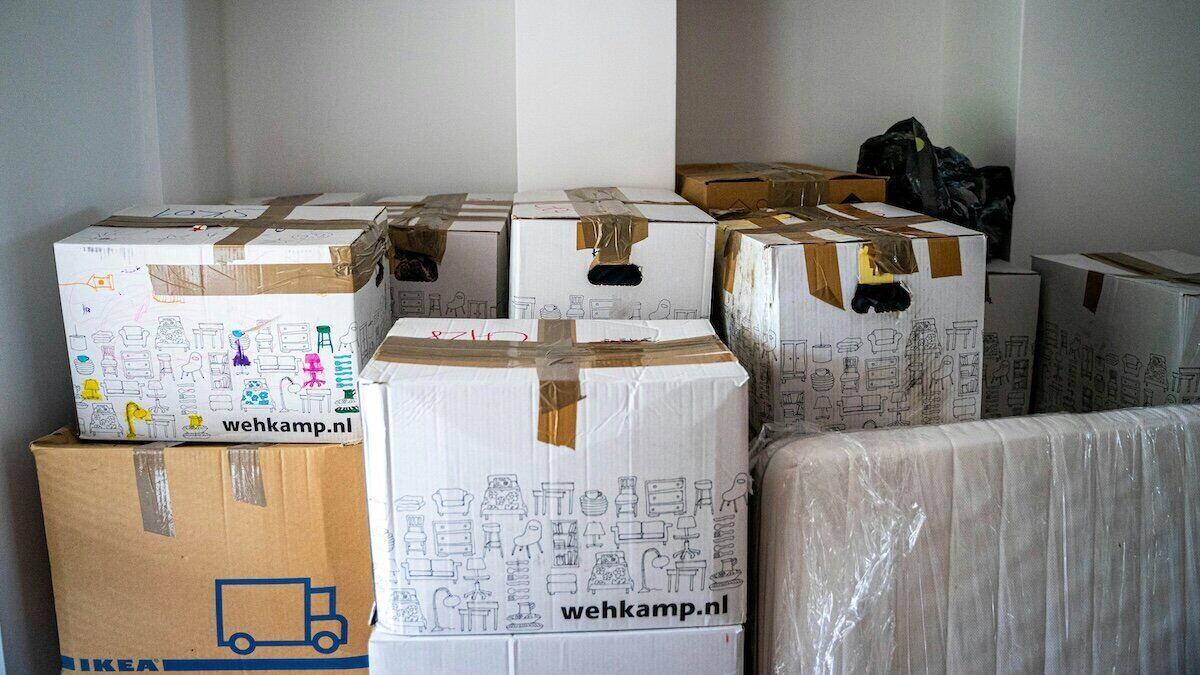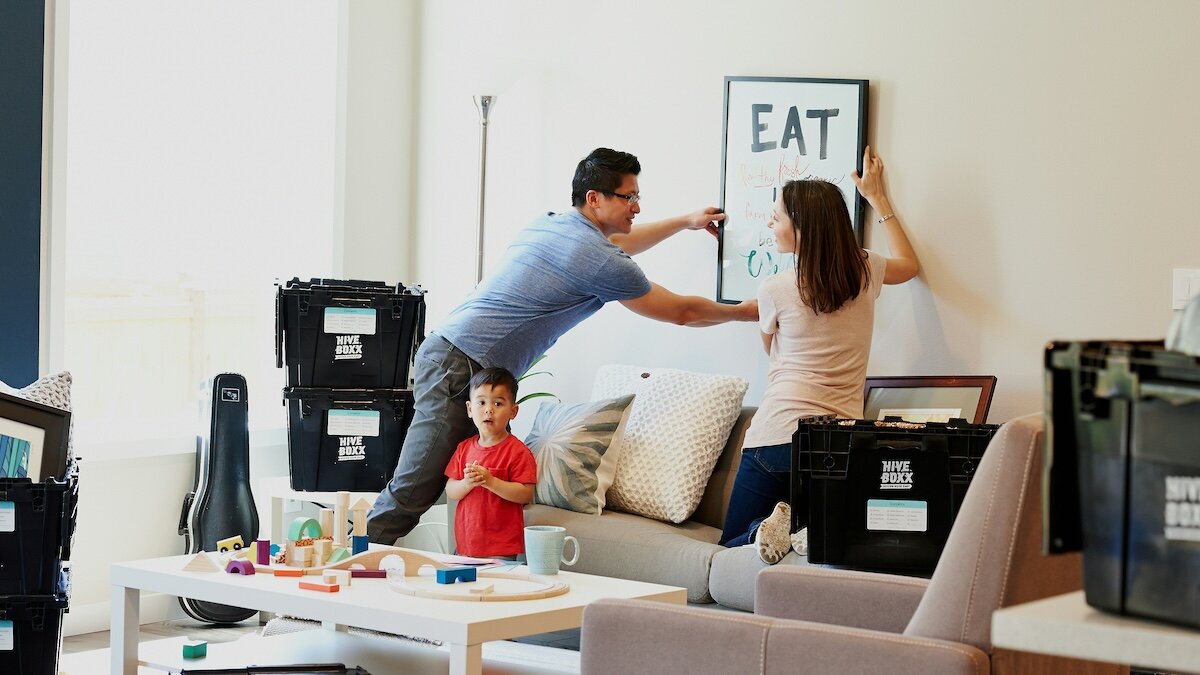So, you’ve found your new home, put in a successful offer or bid, and liaised with your conveyancer, lender, and real estate agent. You’ll be glad to know a lot of the hard work has already been done!
The last step of any home purchase is to officially move in – and with the proper preparation and materials, this can be easier than it seems. Here’s where to start:
Preparing to move to a new house: A checklist

Image: Michal Balog on Unsplash
1. Make sure your home and your stuff is insured
Depending on the state or territory you live in, you’re responsible for insuring a property from the day you take ownership or the day in which you enter a contract of sale. It might be a chore to choose an insurer and pay a premium, but not doing so could prove disastrous.
2. Ensure utilities and services are connected before you move
Imagine walking into your new house carrying boxes of your prized belongings, only to find you don’t have power or internet.
These services can take days to connect, so getting ahead of the ball can prove invaluable.
3. Let your subscription services know your plans
Whether it's a meal delivery service, a magazine subscription, or a monthly wine club, make sure to update your address. It’s easy to forget, but sorting out missed deliveries can be a hassle. (trust me on this!)
4. Make a moving day plan for kids or pets
Moving can be stressful for adults, not to mention pets and children. Consider arranging alternative care for your loved ones on moving day to spare them any stress and allow you to focus on the task at hand.
5. Pack your bags and boxes and prepare your stuff
It might sound obvious, but make sure your moving boxes are fully packed before moving day begins. And don’t forget to pack an overnight bag with all your essentials.
Chances are, you won’t find your toothbrush or toilet paper within a mountain of moving materials.
You might also want to defrost your freezer and lightly water your plants to give them a better chance at avoiding shock.
Actually moving house: A step-by-step guide

Image: JavyGo on Unsplash
If you’re fully prepared to move, the big day won’t seem like such a challenge. Still, it probably won’t be light work.
You generally have two options when it comes to moving house – move your things yourself, perhaps with the help of family and friends, or hire professional removalists.
Removalists can cost anywhere from a few hundred dollars to tens of thousands, depending on how much stuff you own and how far you’re moving. Whether this expense is worth it depends on your budget, schedule, and personal preferences.
Remember, even if you move house yourself, you’ll likely need to cover the cost of a hire vehicle. You’ll probably also need to buy equipment and supplies such as boxes and packing tape in order to move house.
If decide to transfer your possessions yourself, here are some useful tips:
1. Ensure you have a vehicle that can fit your stuff
Professional removalists come equipped with the proper tools, such as moving trucks and dollies. If you’re taking the DIY route, you’ll need to organise this yourself. Assess the amount of stuff you have, consider whether multiple trips are feasible, and ensure you have access to a suitable vehicle.
If you’re renting a large truck, double-check you’re licensed to drive it!
2. Know how you’ll get between the two properties
Whether you’re moving down the block or across the country, make sure you know the way to your destination and where you’ll park once you get there before you set off – especially if you’ll be driving a large truck. The last thing anyone needs is to encounter a low bridge in a tall vehicle and be forced to redirect (or worse).
3. Supervise the movers
Whether you’ve hired professionals to move houses or enlisted the help of friends, it’s important to direct the movers and monitor their progress. Ensure boxes are labeled clearly so movers know if something is fragile or heavy.
4. Use proper lifting techniques
Bend with your knees, not with your back! Moving house might be challenging, but not as challenging as recovering from a preventable injury.
If something is too heavy for you to lift, ask for help.
5. Protect floors and walls
Use protective coverings, especially if you're moving bulky furniture and appliances. This can help prevent damage from the move and save you paying for costly repairs.
The aftermath: What to do once you’ve moved into your new house
 Image: HiveBoxx on Unsplash
Image: HiveBoxx on Unsplash
1. Take some time to breathe
Chances are, once moving day is done and dusted, you’ll be exhausted. It’s likely worth setting up the basics needed for a good night's sleep, ordering takeaway food, and hitting the hay, perhaps with a good book. The boxes will still be there to unpack tomorrow.
2. Plan where you’re going to put your furniture
Before you go dragging all your furniture into the perfect spot, take the time to measure the space and your items. This is particularly important if your new house has stairs – you wouldn’t be the first person to drag a heavy item upstairs only for it to not fit in the spot you had envisioned it in.
3. Unpack your boxes
Once your furniture is in place, it’s time to unpack those boxes.
Try to be strategic about where you put things but remember you can always rearrange the cupboards later.
4. Let your friends, family, employer, and other service providers know of your new address
Make sure everyone who needs your address has it on file. Your friends will need it if they want to pop round, your car insurance provider will want to know it, as will the Australian Electoral Commission (AEC).
5. Change the exterior locks and ensure you have all needed keys
Finally, make sure you change the locks soon after you move in. You never know who has previously lived in your house, or who might have been given a key at some point. It’s worth it purely for peace of mind.
Also make sure you have a key for the garden shed, the balcony door, or the power box. If you find any keys missing, reach out to the former owner now, as it will likely be much easier to get forgotten keys sorted sooner rather than in six months' time.
First published by Mark Rosanes in 2021. Last updated by Brooke Cooper in 2024.
Image by Freepik
Collections: Buying a home First Home Buyer Home improvement




Share